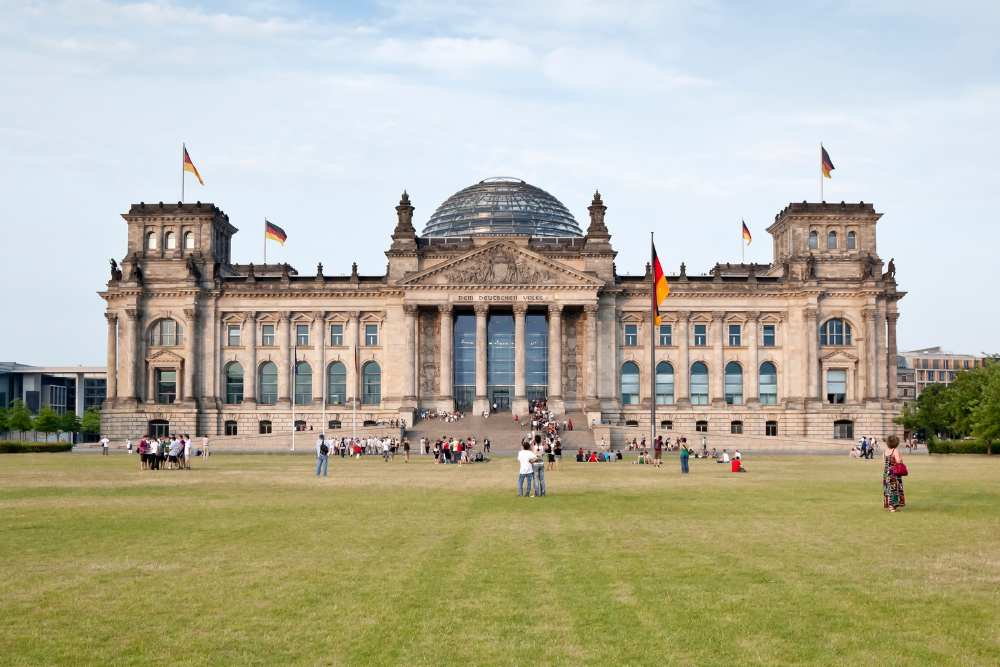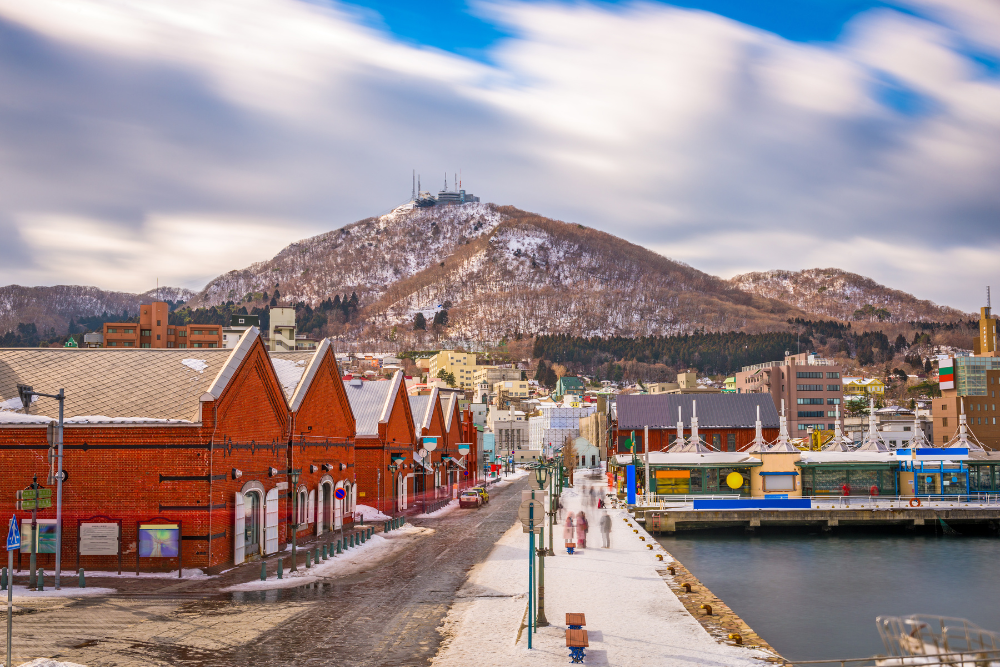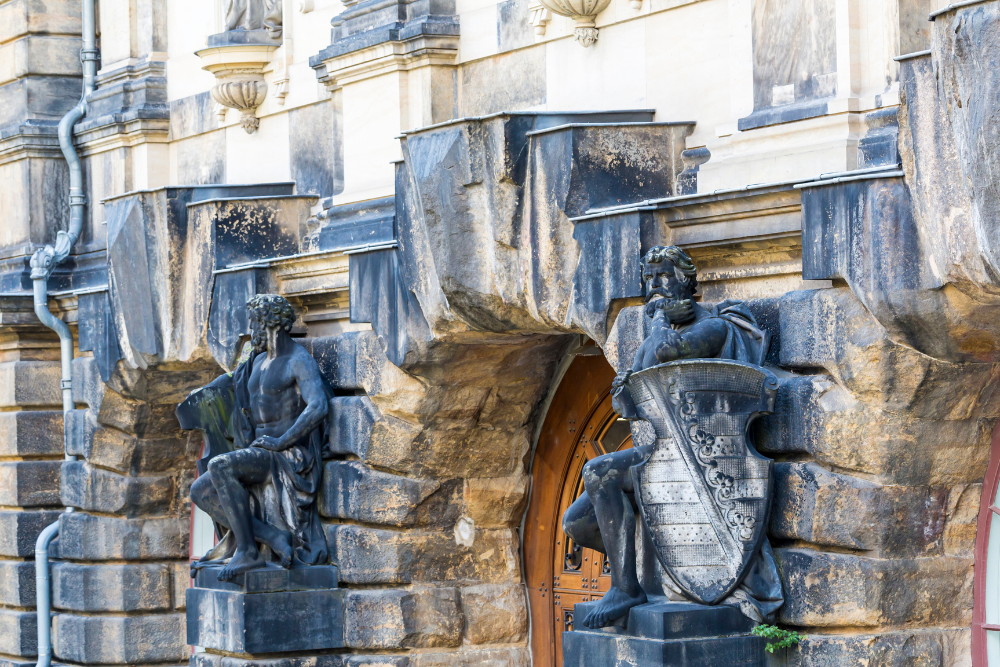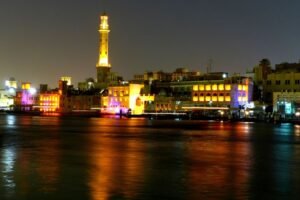Germany is a country rich in history, offering visitors a chance to explore everything from medieval castles and picturesque towns to the dark days of war and division. Whether you’re fascinated by the ancient past or interested in modern history, there is something for everyone. One of the best ways to experience this history is through guided walking tours, which allow you to explore the landmarks while learning the stories behind them. Here are some of the best historical walking tours in Germany’s major cities.
1. Berlin: Cold War and Berlin Wall Walking Tour

Berlin is a city defined by its history, particularly its role during the Cold War and the division of East and West. A Cold War and Berlin Wall Walking Tour offers a deep dive into this pivotal time in German and world history. With an expert guide, you can visit the remnants of the Berlin Wall, key Cold War sites, and hear the stories of families divided and the tense political climate of the time.
Highlights:
- East Side Gallery: This open-air gallery features murals painted on a stretch of the Berlin Wall and offers a poignant reflection on the division of the city.
- Berlin Wall Memorial: The preserved section of the wall and watchtowers at this memorial offer insight into the harsh reality of the wall during its time.
- Checkpoint Charlie: A former crossing point between East and West Berlin, now a museum, which tells the story of escape attempts and the history of the Cold War era.
Why it’s Special: Berlin’s history as a divided city makes it one of the most historically charged places in the world. The Cold War and Berlin Wall walking tours bring this fascinating history to life through both visual landmarks and compelling storytelling.
2. Munich: Third Reich and Nazi History Tour

Munich holds a unique place in Germany’s history due to its role as the birthplace of the Nazi Party. The Third Reich and Nazi History Tour provides a chilling but educational look at the city’s involvement in the rise of Adolf Hitler and the Nazi regime. Led by an expert guide, the tour covers key locations and events tied to the party’s early development.
Highlights:
- Feldherrnhalle: This monument commemorates the Bavarian army but is also known for being the site of the Beer Hall Putsch in 1923, when Hitler’s first failed attempt to seize power occurred.
- Marienplatz: Munich’s central square was a gathering point for the Nazis, and a visit here allows you to learn about the origins of Hitler’s speeches and rise to power.
- Hofbräuhaus: This historic beer hall, frequented by Nazi Party members, is part of the tour, shedding light on the social aspects of Nazi recruitment.
Why it’s Special: This tour takes you through the very sites where Nazi history unfolded, offering a sobering look at the early days of one of history’s most infamous regimes.
3. Hamburg: Historic Harbor and Warehouse District Tour

Hamburg, Germany’s second-largest city, has a long history as a major trading port and cultural center. The Historic Harbor and Warehouse District Tour takes you through the UNESCO-listed Speicherstadt, the world’s largest warehouse district, and the city’s bustling harbor, both of which played a crucial role in Hamburg’s growth as a trade hub.
Highlights:
- Speicherstadt: This district, built in the late 19th century, is full of picturesque canals and red-brick buildings. The area was historically used for storing coffee, spices, and other goods.
- Port of Hamburg: As one of the largest ports in Europe, the harbor has witnessed centuries of shipping history. A boat tour offers a unique perspective of the industrial strength that shaped the city.
- St. Michael’s Church (Michel): One of Hamburg’s most iconic landmarks, this Baroque church offers a stunning view of the city from its tower.
Why it’s Special: Hamburg’s maritime history is key to understanding the city’s identity, and this walking tour offers a glimpse into the wealth, culture, and industry that defined the city for centuries.
4. Heidelberg: Old Town and Castle Walking Tour

Heidelberg is a picturesque city that offers visitors a chance to step back in time with its medieval castle and charming old town. The Old Town and Castle Walking Tour is perfect for those who want to explore the heart of Heidelberg’s history, including its role as a university town and its association with German Romanticism.
Highlights:
- Heidelberg Castle: The highlight of any visit to the city, Heidelberg Castle offers stunning views of the surrounding valley. Learn about the castle’s history, from its medieval origins to its destruction during the Thirty Years’ War.
- Altstadt (Old Town): Heidelberg’s Old Town is filled with narrow, cobbled streets and historic buildings, including the University of Heidelberg, Germany’s oldest university, and the Old Bridge.
- Philosophers’ Walk: This scenic trail on the hillside overlooking the town offers beautiful views of Heidelberg and the river and is named for the university professors who once walked here to contemplate their ideas.
Why it’s Special: Heidelberg’s well-preserved old town and castle are a perfect introduction to medieval Germany, and the city’s connections to intellectual history make it an appealing destination for those interested in both culture and history.
5. Dresden: Baroque and WWII History Walking Tour

Dresden, often called the “Florence on the Elbe,” is a city known for its breathtaking Baroque architecture as well as the devastating destruction it suffered during World War II. The Baroque and WWII History Walking Tour provides an insightful look at the city’s dual identity as a cultural jewel and a symbol of wartime destruction.
Highlights:
- Zwinger Palace: A stunning Baroque building that houses multiple museums, including the Old Masters Picture Gallery. The palace is a testament to Dresden’s artistic and cultural history.
- Frauenkirche (Church of Our Lady): This iconic Baroque church was completely destroyed in the 1945 bombings but was later rebuilt as a symbol of reconciliation and peace.
- Semper Opera House: One of the most famous opera houses in the world, the Semper Opera House is a true architectural masterpiece.
- Dresden’s WWII Destruction: The tour also covers the bombing raids of February 1945 and the devastating impact they had on the city. The rebuilt areas, along with sites like the Dresden War Memorial, offer a sobering reflection on the cost of war.
Why it’s Special: Dresden’s combination of Baroque beauty and wartime history offers a unique perspective on the city, making this walking tour an emotional and educational experience.
Conclusion

Germany’s major cities are brimming with historical landmarks that reveal the layers of its complex past. From the divisions of Berlin to the cultural legacy of Heidelberg, these walking tours allow visitors to experience history firsthand. Each city offers its own unique take on German history, whether it’s the rise of the Nazi Party in Munich, the resilience of Dresden after WWII, or the exploration of Hamburg’s maritime past. No matter which city you visit, these walking tours provide an in-depth look at the fascinating stories that shaped Germany into what it is today.












